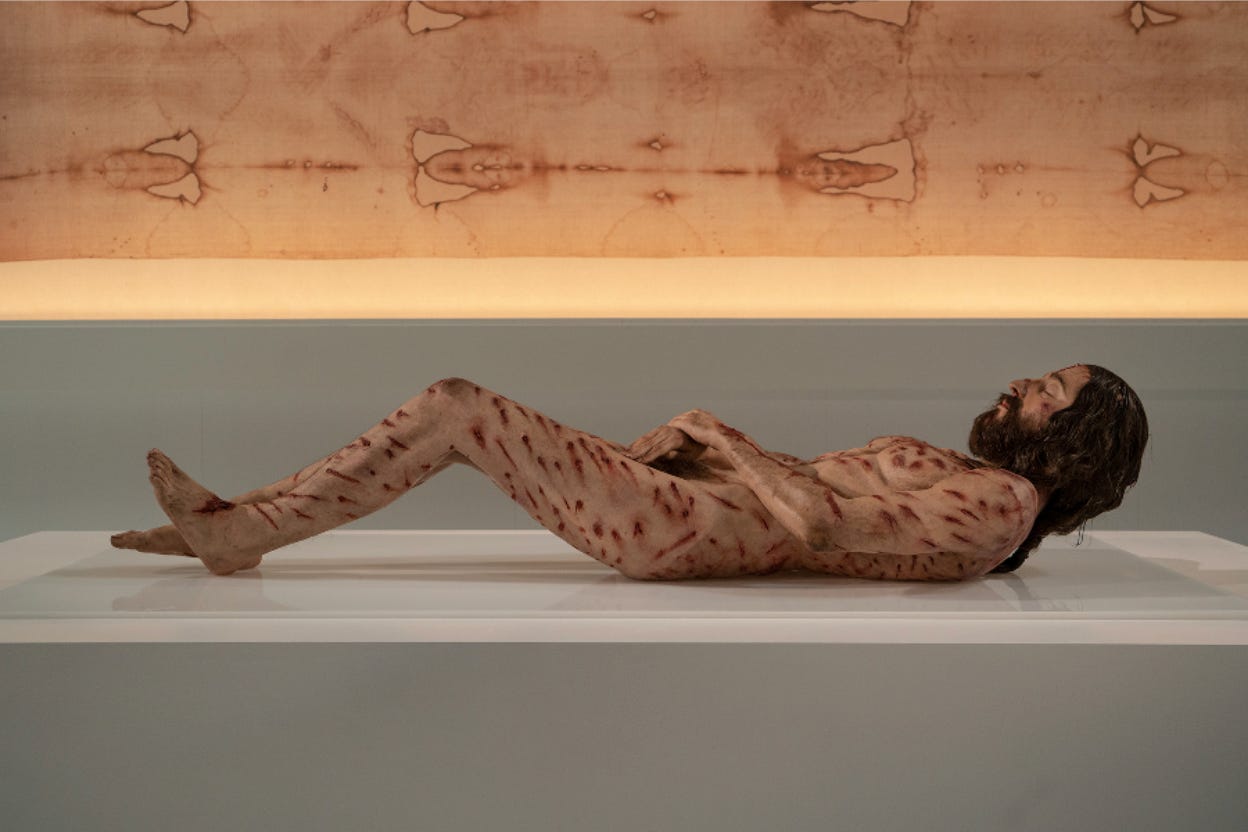
All over the world men use their garages to store things their wives know they will never use again: weights, mountain bikes, model train sets. But only one man can claim to have kept a physiologically and anatomically correct, life-sized model of a tortured and crucified 33-year-old man in his garage.
For eight years.
That “Mystery Man,” as the Spanish a…
